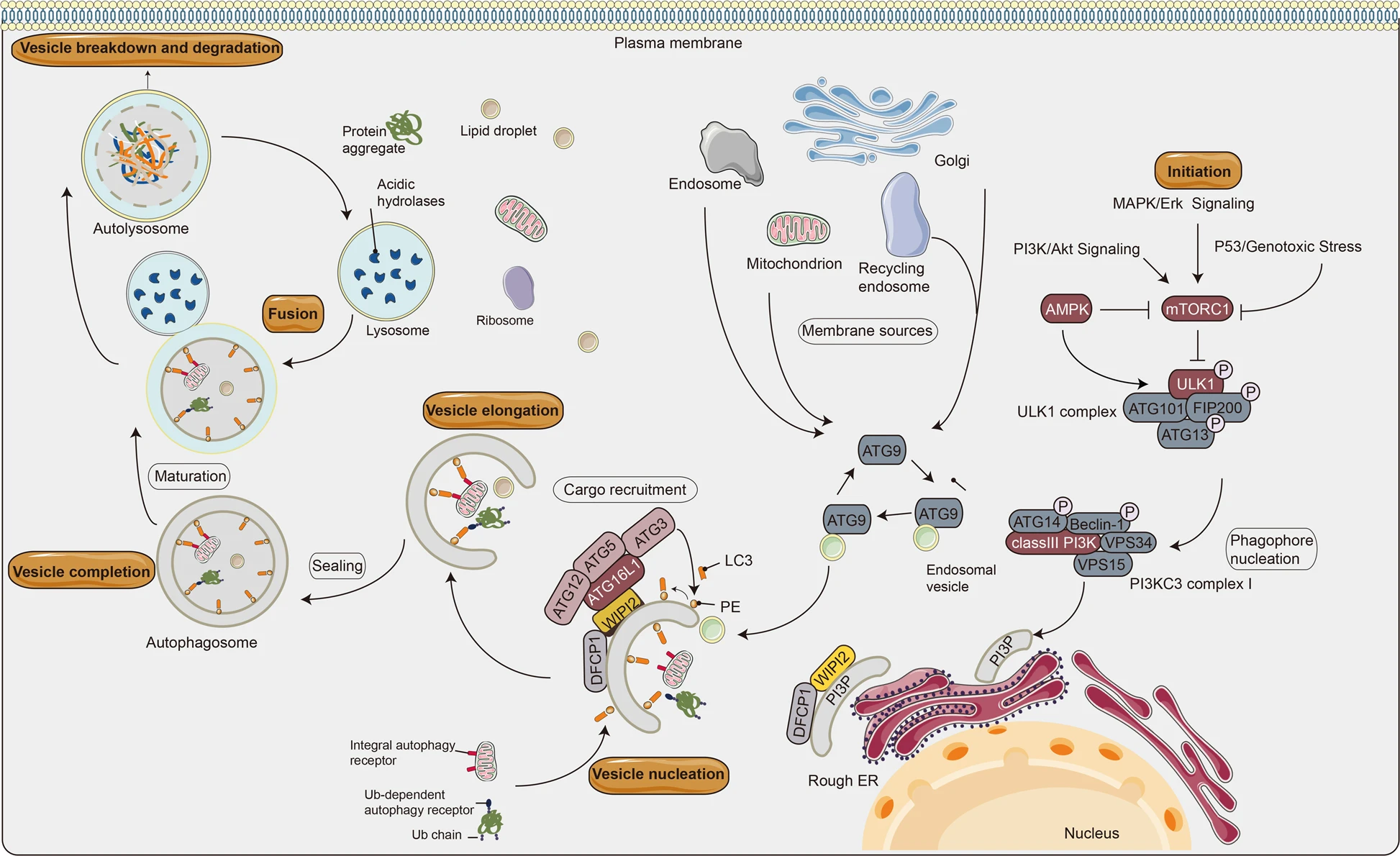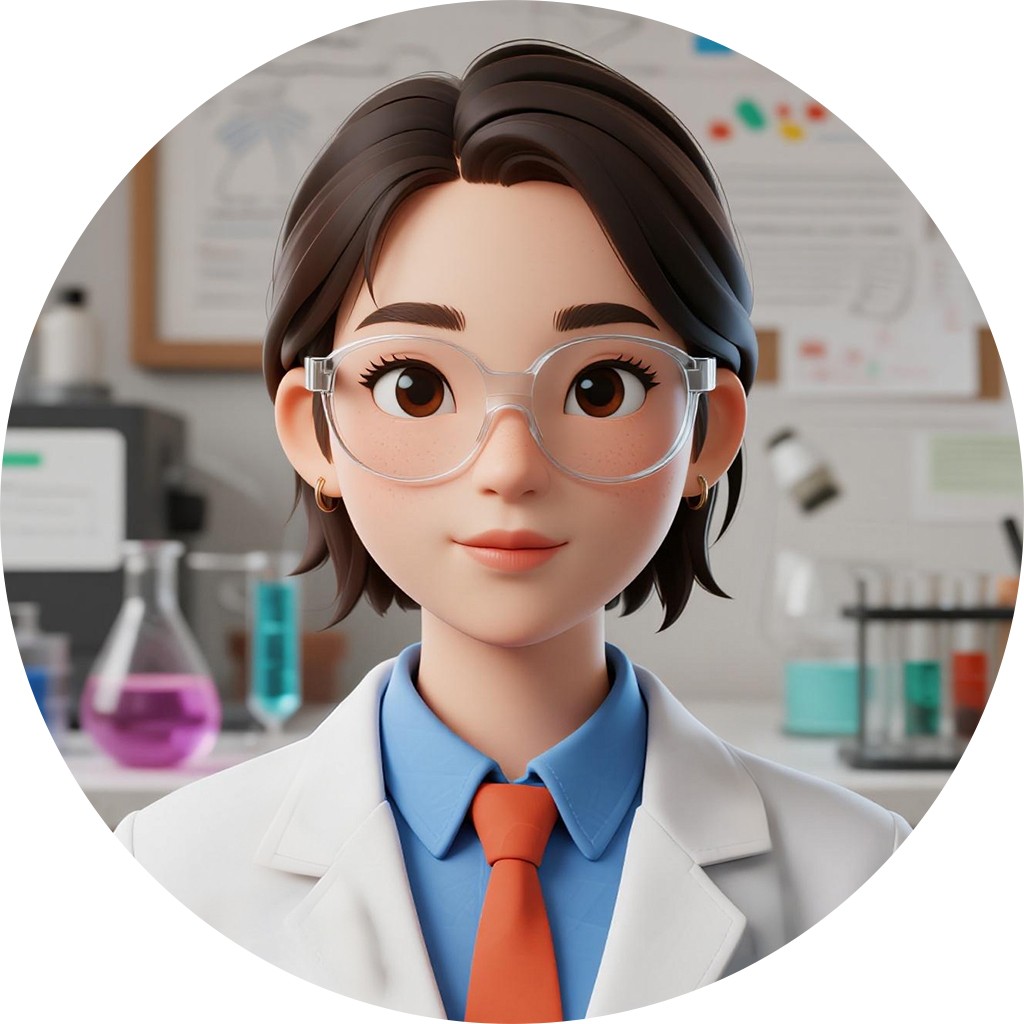
Autophagy is a self-degradative process that is important for balancing sources of energy at critical times in development and in response to nutrient stress. Autophagy also plays a housekeeping role in removing misfolded or aggregated proteins, clearing damaged organelles, such as mitochondria, endoplasmic reticulum and peroxisomes, as well as eliminating intracellular pathogens. Thus, autophagy is generally thought of as a survival mechanism, although its deregulation has been linked to non-apoptotic cell death. Autophagy can be either non-selective or selective in the removal of specific organelles, ribosomes and protein aggregates, although the mechanisms regulating aspects of selective autophagy are not fully worked out. In addition to elimination of intracellular aggregates and damaged organelles, autophagy promotes cellular senescence and cell surface antigen presentation, protects against genome instability and prevents necrosis, giving it a key role in preventing diseases such as cancer, neurodegeneration, cardiomyopathy, diabetes, liver disease, autoimmune diseases and infections.
| Target | Catalog# | Product Name | Reactivity | Application |
|---|---|---|---|---|
Beclin 1 | Beclin 1 Rabbit Monoclonal antibody | Human,Mouse,Rat | WB,IHC,IF,IP,ELISA |
Related Products
Super-sensitive ECL chemiluminescent reagent
References
- Autophagy: Regulator of cell death. Liu, S., et al. Cell Death Dis. 2023. [PMID: 37794028]
- Autophagy: cellular and molecular mechanisms. Glick D, et al. J Pathol. 2010. [PMID: 20225336]
- An overview of autophagy: morphology, mechanism, and regulation. Parzych KR, et al. Antioxid Redox Signal. 2014. [PMID: 23725295]
- The role of autophagy in viral infections. Chen T, et al. J Biomed Sci. 2023. [PMID: 36653801]
- 5.Emerging role of the Hippo pathway in autophagy. Wang D, et al. Cell Death Dis. 2020. [PMID: 33082313]

